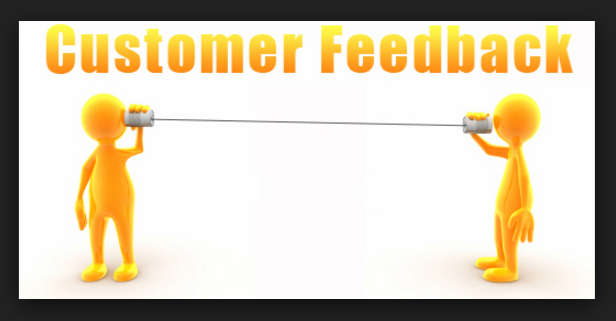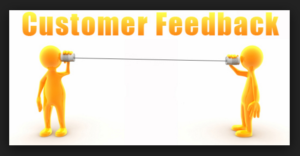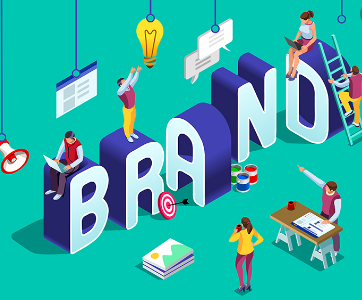This article offers strategies for the future survival and growth of small businesses. It explores the evolving nature of small businesses and documents how many are creating successes that are richly creative and widely beneficial. This article summarizes major challenges for the foreseeable future impacting small businesses. While the trends that follow are not exhaustive, they are major drivers of business change. Small businesses should be aware of these broad trends, should think about how they may positively or negatively affect the future of their business, and should adjust their planning for the future accordingly.
This important trend bodes well for small independents that can leverage their inherent advantages of flexibility and customer intimacy to create a more personalized experience for their customers. While technology permits sophisticated database marketing and promotions, small independents are still the best poised to get to know their customers individually as they are often a personal part of their lives. Knowledge of customers’ birthdays, favorite colors, time of day they like to shop, and other information is not just pleasantry anymore. It can be an essential driver of sales. While big companies employ slogans like “reach out and touch someone,” it is more likely the small business can actually shake their hand.
American consumers are becoming more interested in getting more value for their money. Price is not the only factor in a value determination. Speed, convenience, service and knowledge all play an increasingly important role. Both large and small businesses continue to redefine their value propositions with better prices, selection, service, and products. A value proposition refers to the unique characteristics that distinguish your business from competition. It defines the intrinsic worth of your business’s offering to customers. A strong value proposition communicates a clear message to your marketplace about why potential customers should buy from you. It defines what your customers will get for their money.
Increased Competition
Competition continues to increase in number and intensity. We are over-stored with an explosion of products displayed in an ever-increasing amount of square feet per capita in the U.S. Big businesses continue to get bigger, employing market share growth strategies and communicating value propositions that are designed to either dominate a product category or customer segment. Increased size leads to increased efficiencies that in turn fuel additional growth. Small companies are left to scramble for the remaining market share. Further, the market has become global with the Internet blurring the lines of traditional market areas. Because of the Internet and the increasing clout of large national chains, small businesses must not compete on price. The real strengths of successful small businesses revolve around specialization, differentiation and finding profitable, defendable, and sustainable niches. Success for many derive from the decision to move beyond just the selling of product to creating customer experience, moving from a transaction orientation to establishing on-going relationships. This decision shifts focus from what moves product to what moves people.
Changing Demographics
Three powerful demographic trends will cause profound change
The Aging of America – It is predicted that the number of Americans ages 55 and older will almost double between now and 2030. This aging of America will present many opportunities for small independents that may choose to target this growing segment.
The growth of the Hispanic population – The U.S. Hispanic population became the largest minority in the United States in 2002 and will continue in this position through 2050. This growing market continues to be underserved by many small businesses.
Generation Y – Born between 1981 and 1995, this new generation numbered 57 million. It is the largest consumer group in the history of the U.S. and represents a dominant future market. Many of the most popular traditional brands are having a tough time appealing to this group who seem immune to traditional marketing messages.
Community Activism
There is a growing national trend of community resistance to unrestrained small business development in order to protect local community personality, feel, and values. This trend speaks to the perceived benefits of small independents. Nevertheless, the consumer will find his or her way to where they want to shop – big box, specialty store, or national chain. Trying to stop new development often becomes a major distraction when they should be spending time thinking about their own business and improving their downtown or neighborhood shopping areas.
Health Care Costs
The healthcare insurance crisis affects the small business especially hard due to the runaway costs of providing benefits to employees. It creates a real competitive disadvantage. The availability of health insurance is often a determining factor in choice of employment. Until this problem is fixed, small businesses need to explore every available alternative, from exploring the availability of state or trade association health plans to implementing new solutions like the recently available high deductible health savings accounts. If small retailers want to attract and retain the kind of employees that will give them competitive advantages, health care benefits must be considered.
Changing Consumer Attitudes and Behavior
The traditional customer definitions and delineations have been blurred by the sheer volume of marketing activity across the entire socioeconomic spectrum. People are more fluid in their shopping behavior. They move in and out and around and through value businesses, middle market stores and luxury goods purveyors on a weekly basis. Everybody is everybody’s customer now. It is up to the business to know their customers well enough to make the connection and offer that will entice them to buy. Time has become number one on the list of what Americans cherish most. The desire for convenience will continue to drive changes in store concepts, formats, retail mixes and locations. People are time-starved and small independents need to factor the need for speed and convenience in their individual value propositions. Given the explosion of choice, consumers are less loyal, less tolerant, and more willing to explore and experiment in search of satisfaction. Consumers are growing more cynical and skeptical. Small businesses need to develop trust through clear and consistent demonstrations of their differentiated value propositions. They need to make the shopping experience easy for the customer by eliminating confusing or inefficient elements that frustrate customers and complicate their choices.
Urban Sprawl and Real Estate Development
A recent trend in new development is to create community spaces of mixed-use that exhibit a strong sense of place. Many of these developments called “the new urbanism,” incorporate features more in keeping with feelings of towns and neighborhoods vs. traditional large retail centers. They are designed to promote social interaction and leisure time activities. These mixed-use, smaller scale, more friendly environments that hearken back to the tradition of Main Street, providing a social hub where people, live, shop, work, and play. Small business fits this model more logically and more naturally than many larger format competitors.






















